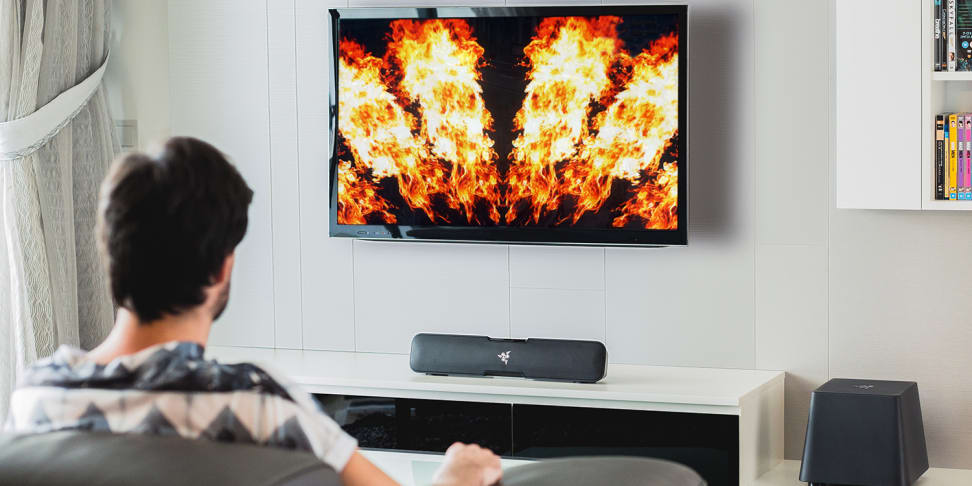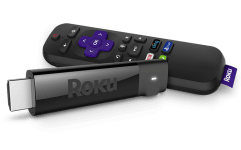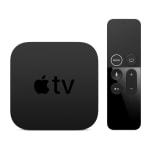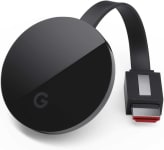Before you buy a new streaming box to binge Netflix, make sure it has this feature
If you don't get an HDR streaming device, you're gonna have a bad time
 Credit:
Reviewed.com / TJ Donegan
Credit:
Reviewed.com / TJ Donegan
Products are chosen independently by our editors. Purchases made through our links may earn us a commission.
This feature is part is Reviewed.com's Guide to Cord Cutting, where we explain everything you need to know to start living life without a cable bill.
There are a lot of streaming devices on the market: everything from household names like Apple, Amazon, Google, and Roku, to more obscure entries from Nvidia. We've done our best to keep up with all the new devices as they hit the market, and these days you can find a good streaming device no matter your budget.
But if you want a streaming device that won't be obsolete in a few years, it's wise to buy one that's built to keep up with the times. Also, all of the streaming devices we actually recommend now support both 4K and HDR.
Fortunately, you don't have to spend a bundle on a new 4K/HDR device (though you can if you want). We've tested every single streaming device on the market, and it's easy to get one that's 4K and HDR-ready no matter your budget. Here are your options:






